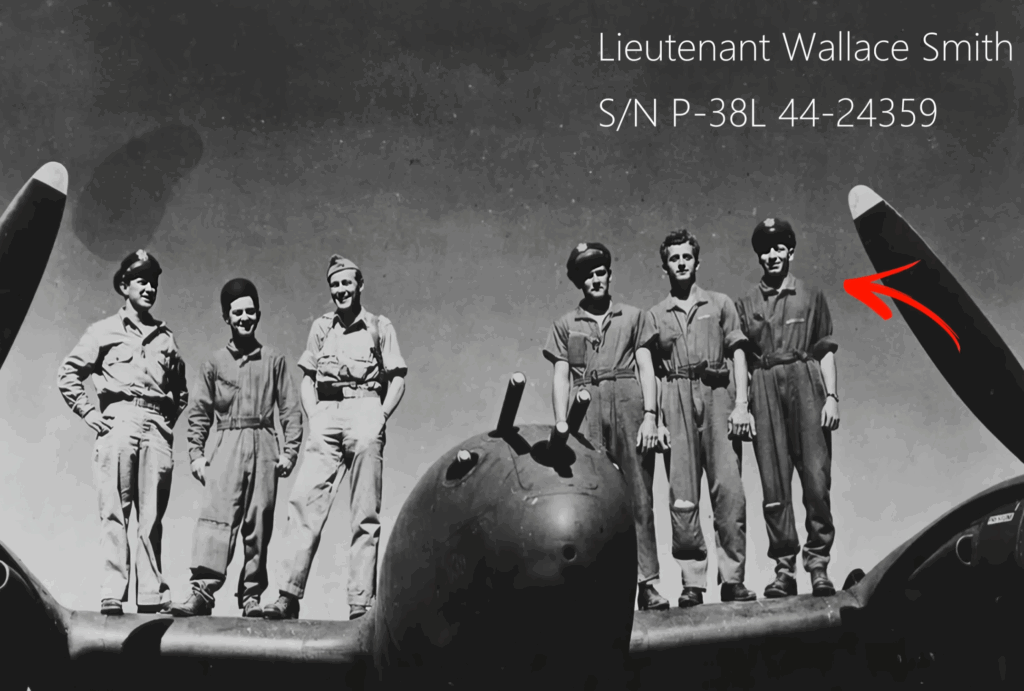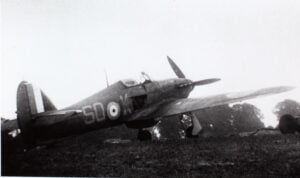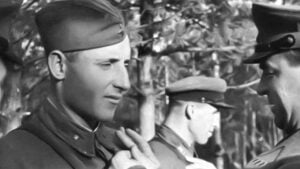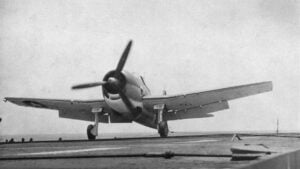The Story of the Crazy Pilot Who Somehow Carried a P-38 Back to Base With His Plane
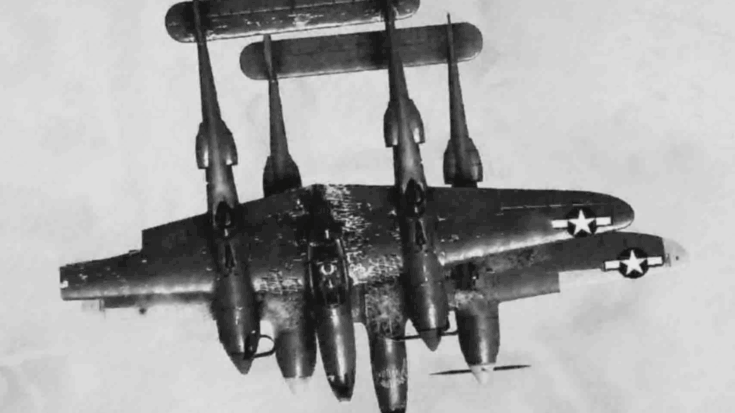
FlakAlley / YouTube
Stories from the final months of the Second World War often describe large battles or major operations, but some of the most intense moments happened far from enemy fire. One of these occurred over the North Pacific in 1945, when two American pilots found themselves locked together in a way no one could have imagined. What followed was one of the strangest attempts at survival ever recorded in military aviation.
Storm Over the Pacific
On March 19, 1945, Second Lieutenant Robert Shropshire of the 440th Operations Group was flying his P-38L Lightning during the last hour of a long training mission. His formation of ten Lightnings had been preparing for the possibility of facing the German long-range bomber project known as the America Bomber. The P-38, respected for its performance at high altitude, was well suited for such patrols.
As the formation approached the California coast, a heavy storm pushed in from the west. Visibility dropped sharply, and the aircraft flew into severe turbulence. Shropshire ordered his men to climb in hopes of clearing the worst of the weather. His closest wingman, Lieutenant Wallace Smith, held position only about 50 meters from his right wing, the two having trained together since flight school.

A Sudden Collision
Inside the clouds, the formation struggled to stay together. Moments after Shropshire radioed that he had lost sight of Smith, a flash of silver burst through the mist. Before he could react, Smith’s P-38 dropped directly onto his aircraft. The impact cracked Shropshire’s canopy and tore deep into the leading edges of both wings. Radio lines were severed, and the aircraft tumbled into an uncontrolled spin.
Other pilots saw both damaged Lightnings locked together as they dropped through the storm. Most believed the two men were already lost. The aircraft struck with such force that their wings fused at the main wing spars, trapping them in a twisted configuration neither pilot could break free from.
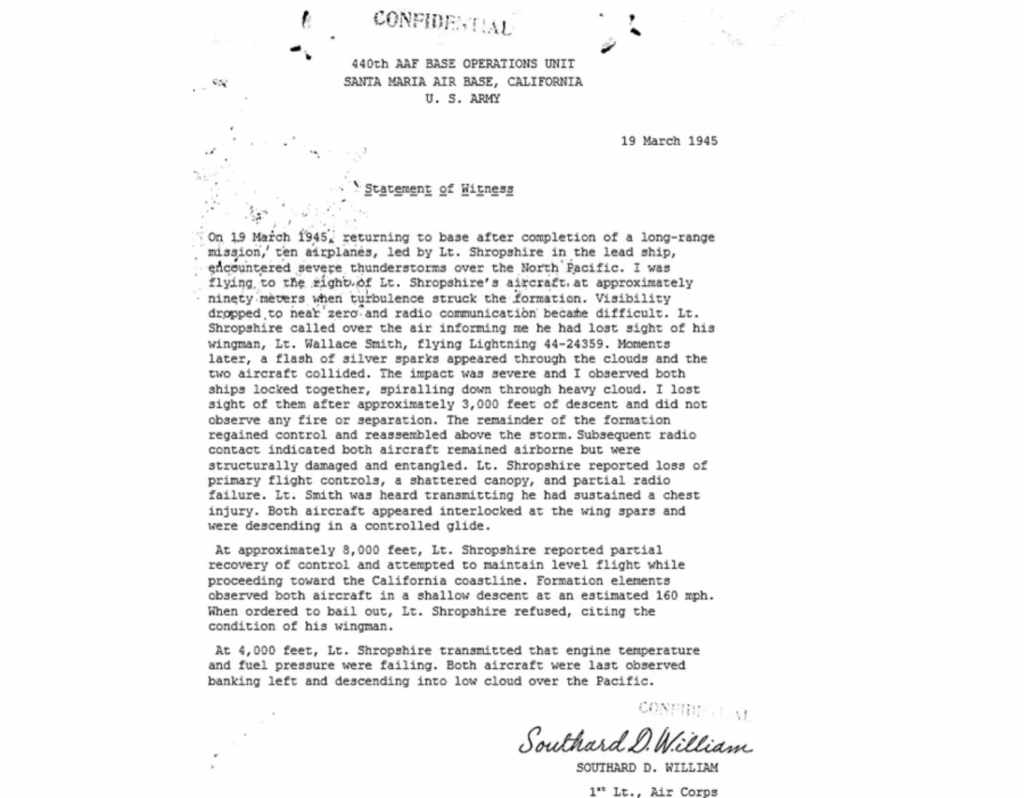
Fighting to Stay Alive
Shropshire still had a backup antenna beneath the fuselage, and through it he managed to report that his controls barely responded. Smith radioed that he had been hit in the chest, then went silent except for faint clicks. As the clouds thinned, Shropshire finally saw the full situation: Smith’s Lightning was lodged on top of his own.
With almost no time to think, Shropshire urged Smith to deploy his dive-recovery flaps, a feature added in later P-38 models to help stabilize the aircraft at high speeds. When Smith activated them, the violent shaking decreased, giving Shropshire just enough control to slow the spin and level both aircraft.
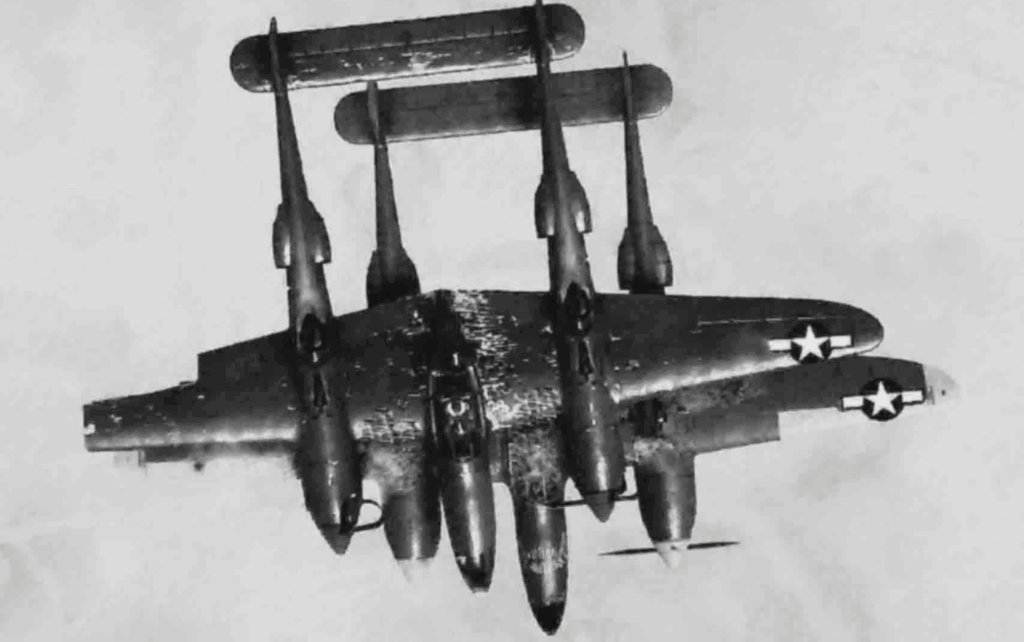
The Attempt to Reach Land
Although barely responsive, the combined Lightnings held about 160 miles per hour, only slightly above stalling speed. The squadron formed around them, reporting the damage to command. Orders soon came for both pilots to bail out. Shropshire refused. He knew Smith was too wounded to escape, and he would not leave him behind. With one engine still running at full power, Shropshire guided the linked aircraft toward the coast.
For nearly twenty minutes he kept the damaged machines in the air. At 4,000 feet, another storm front appeared ahead. His final transmission reported failing instruments and dropping fuel pressure. Moments later, the Lightnings rolled to the left and vanished into the Pacific.
Aftermath
When search crews reached the area, they found wreckage floating near Santa Maria. Only one parachute had opened. Shropshire’s remains were recovered and brought home to Texas for burial with military honors. Smith did not survive the crash.
Even when faced with a situation no pilot could train for, Shropshire chose to stay with his injured friend, guiding both aircraft until the very end.
